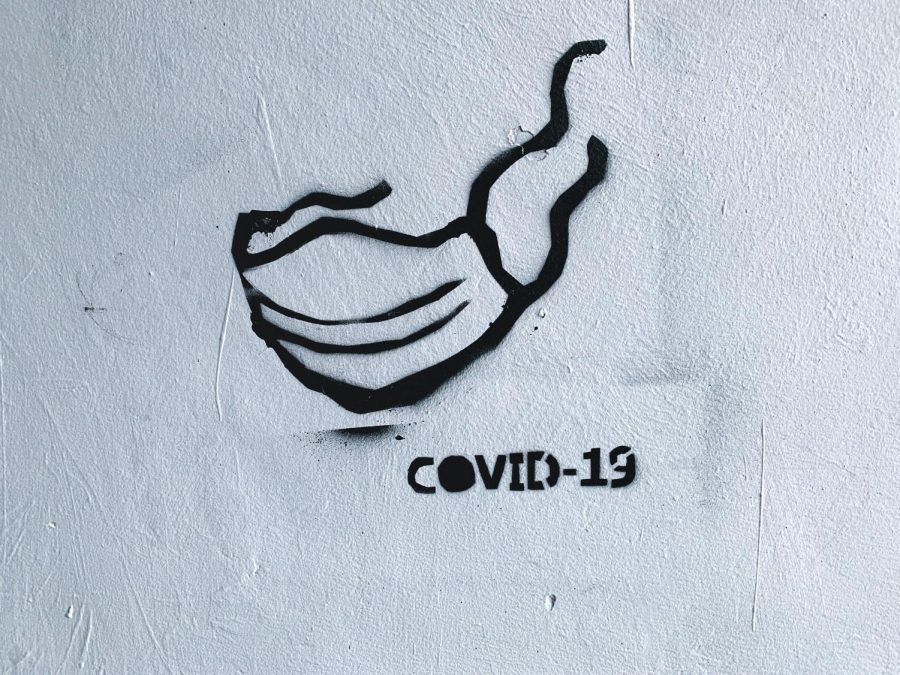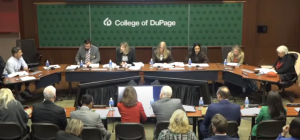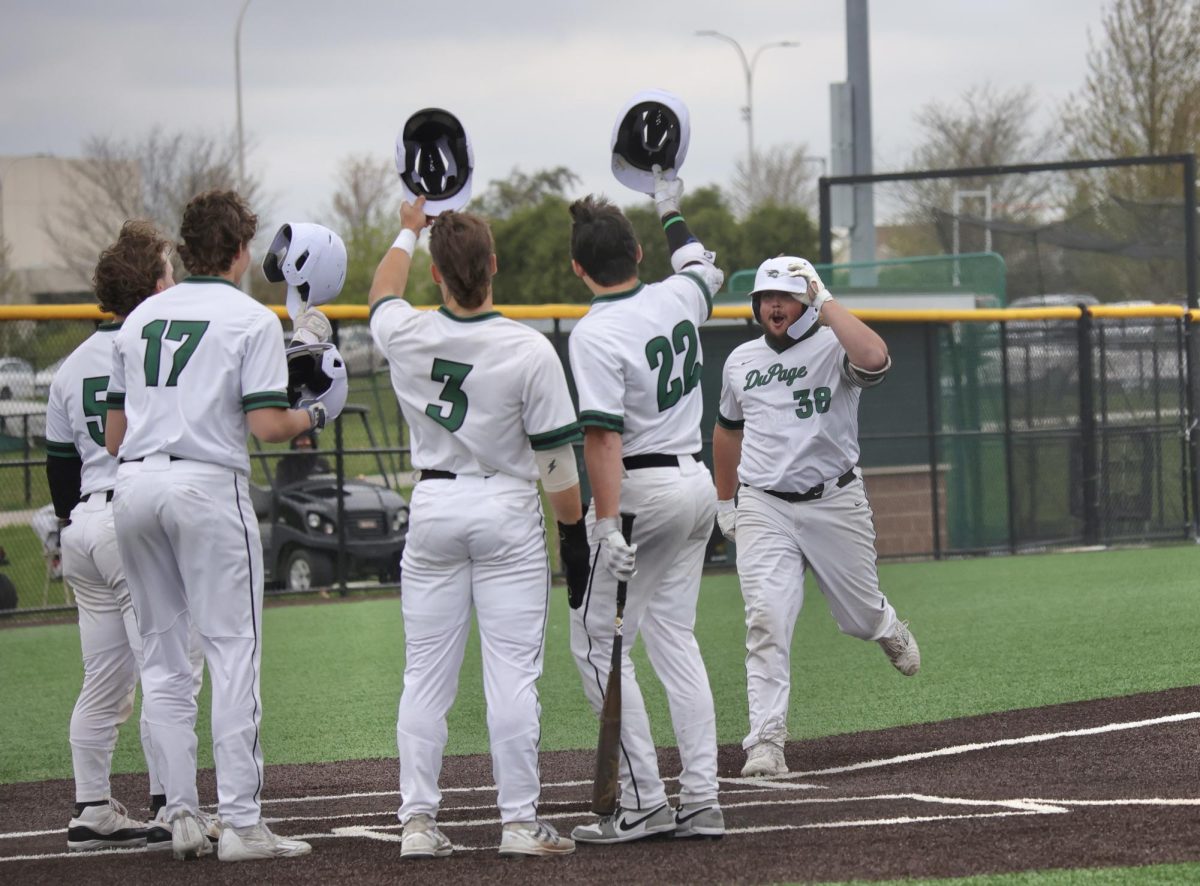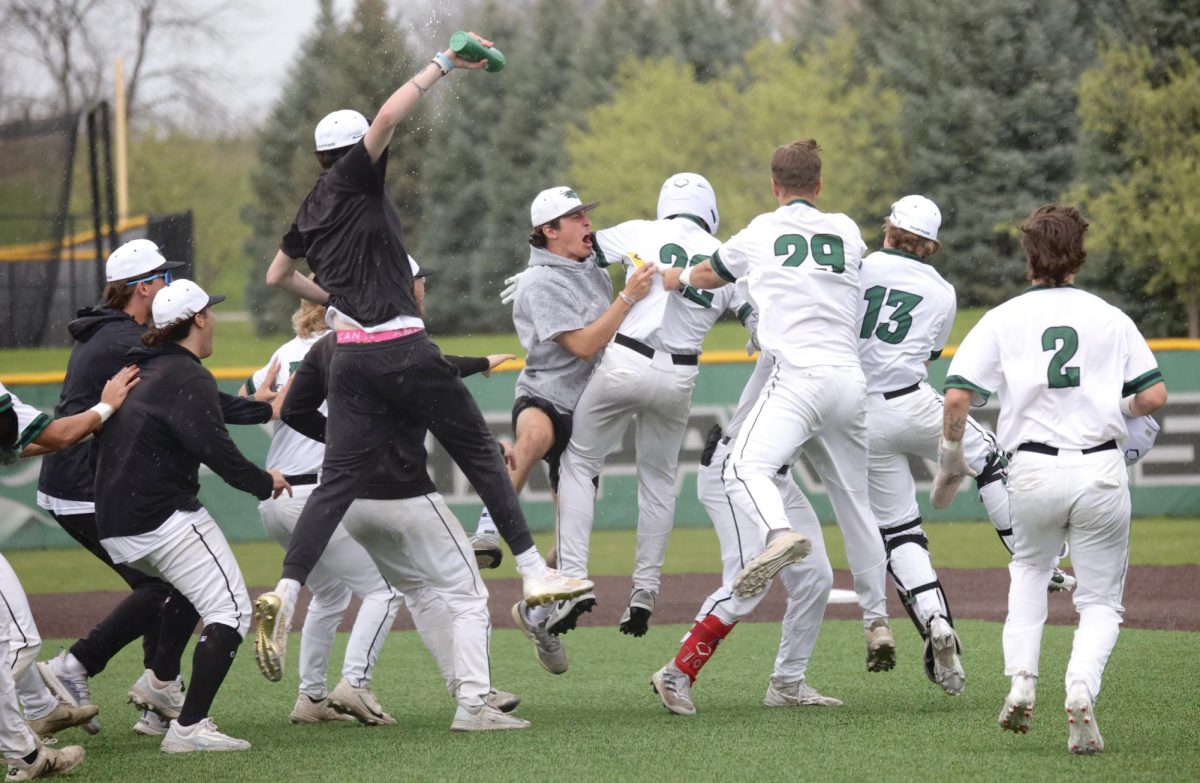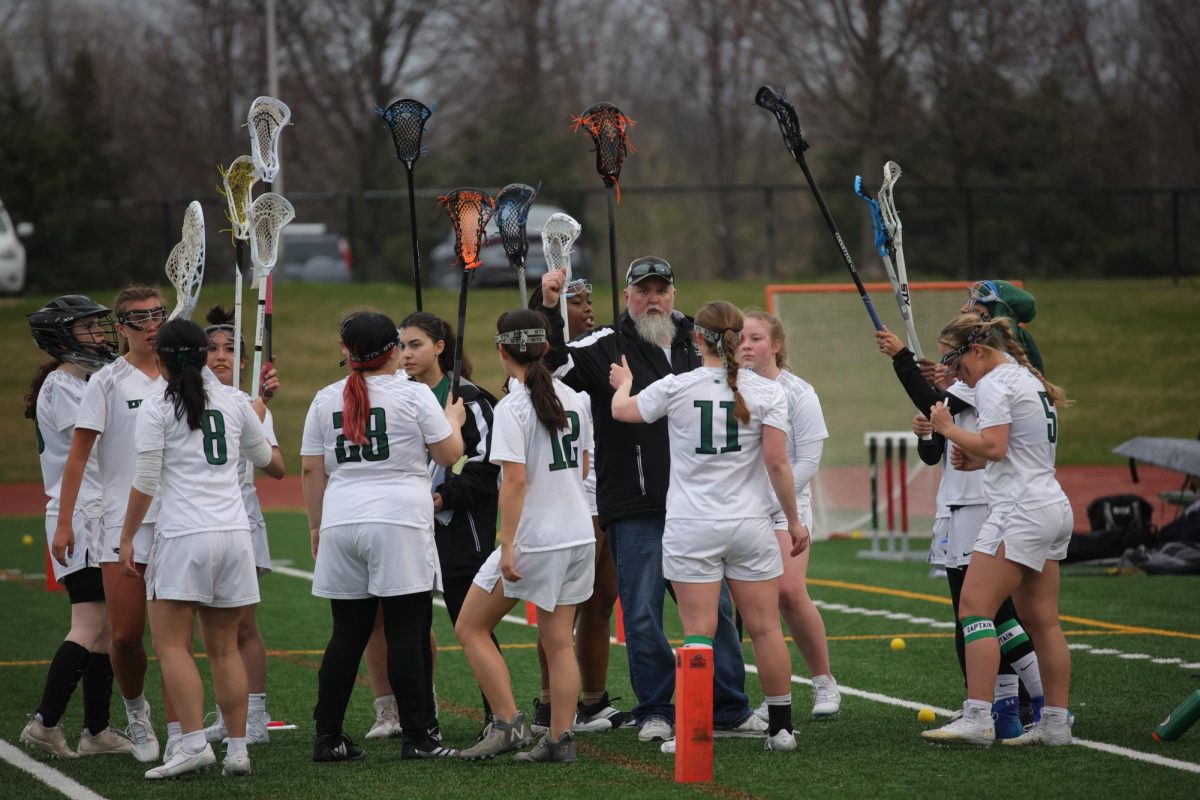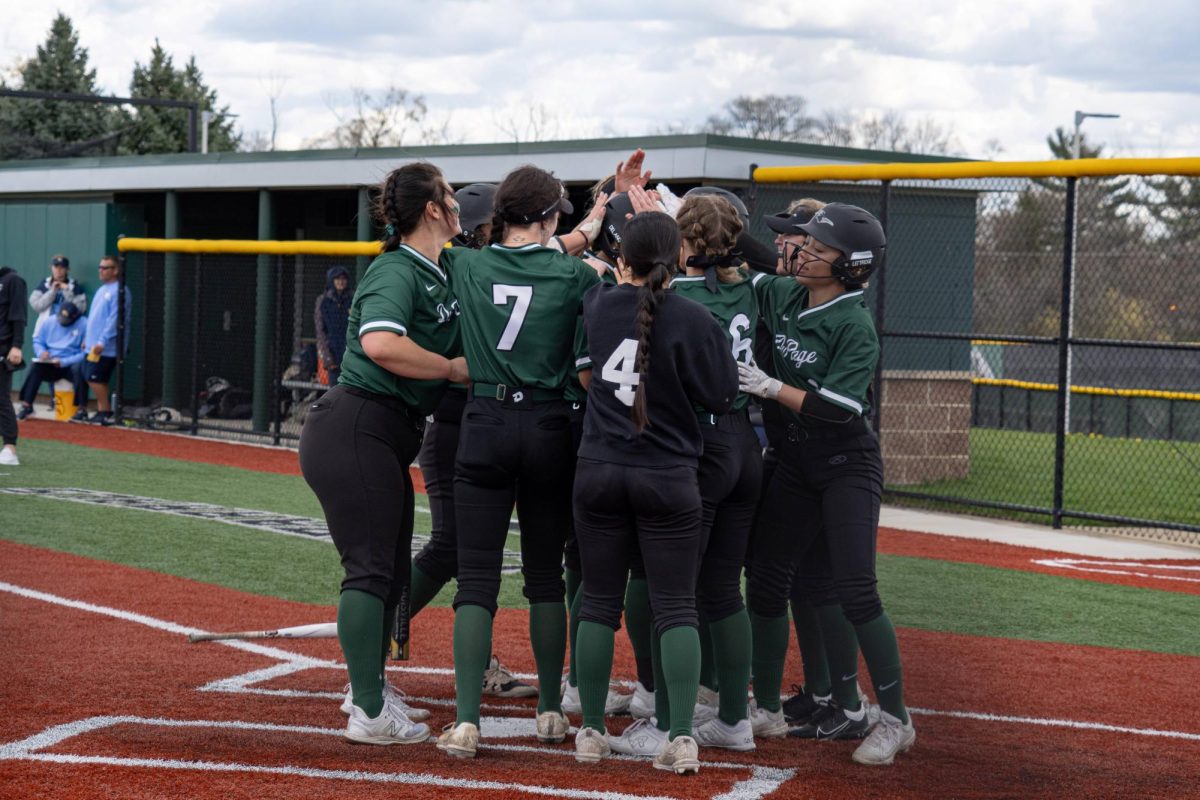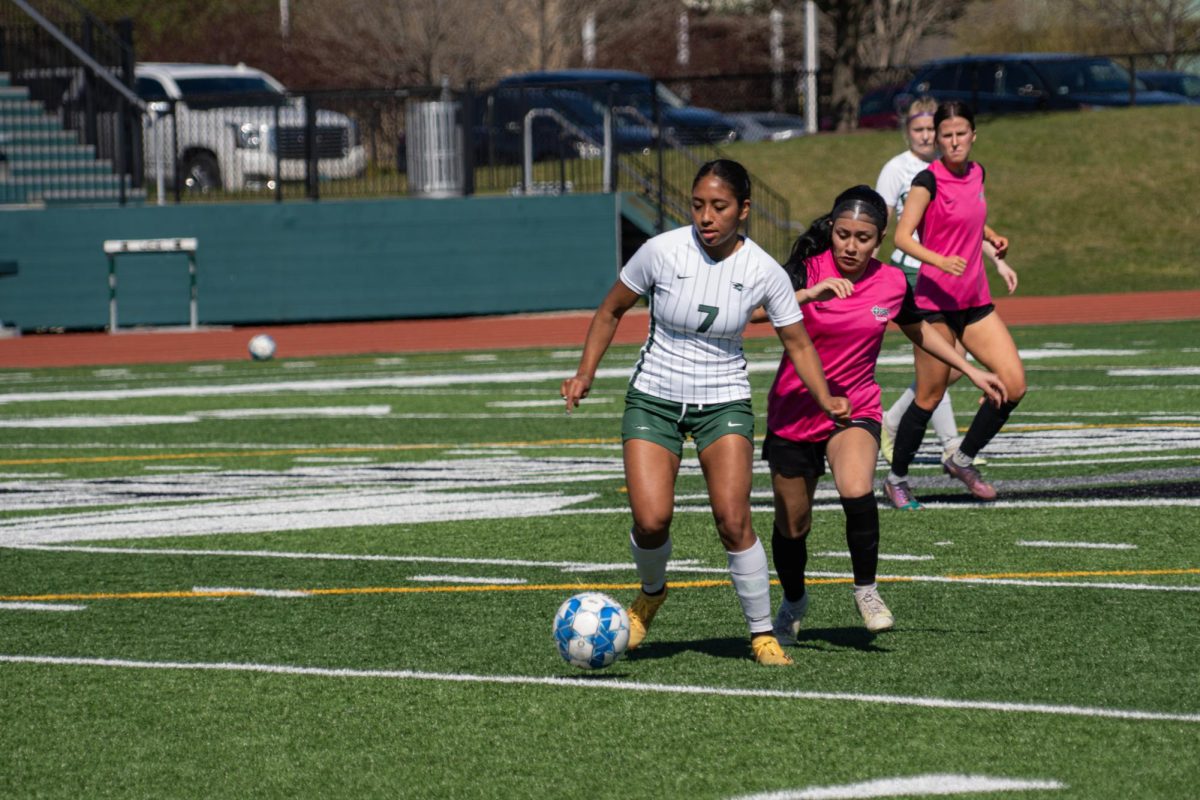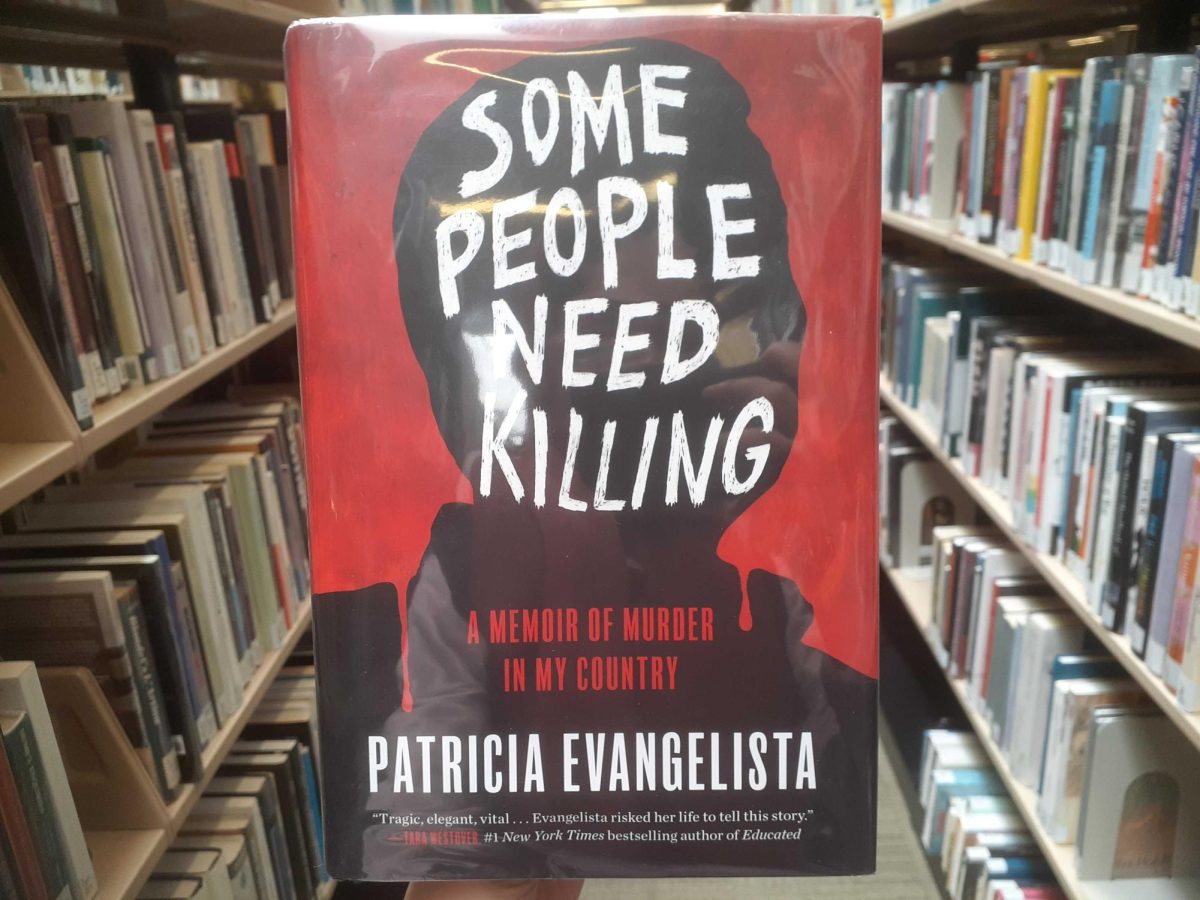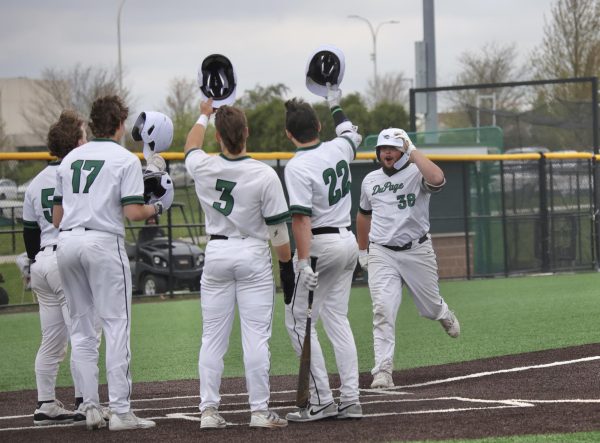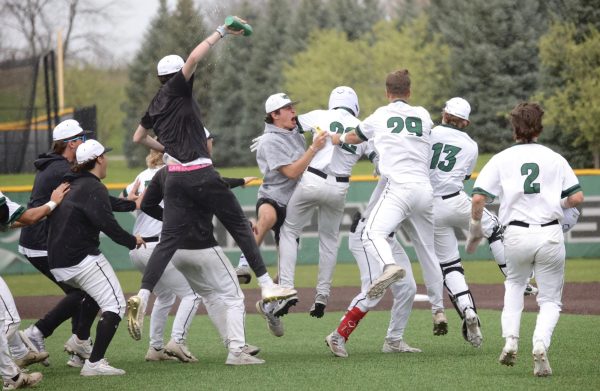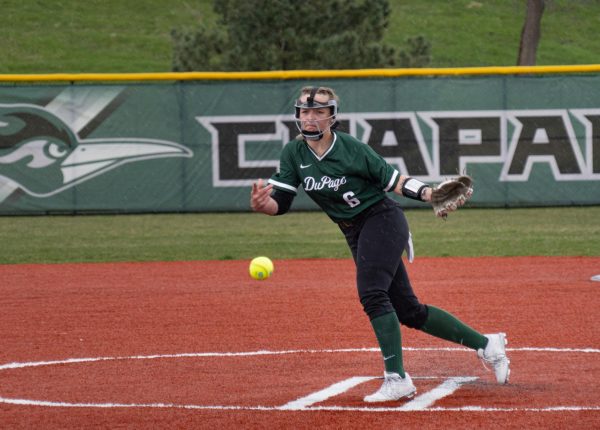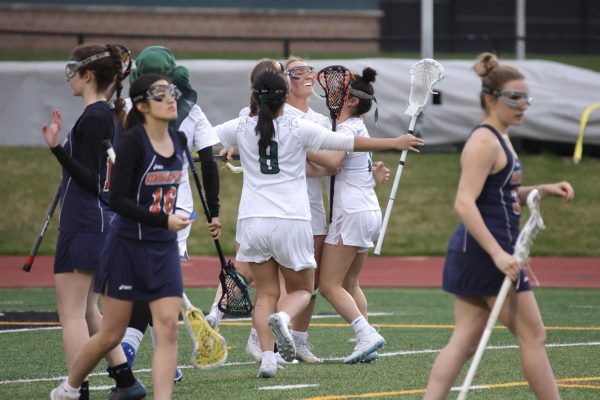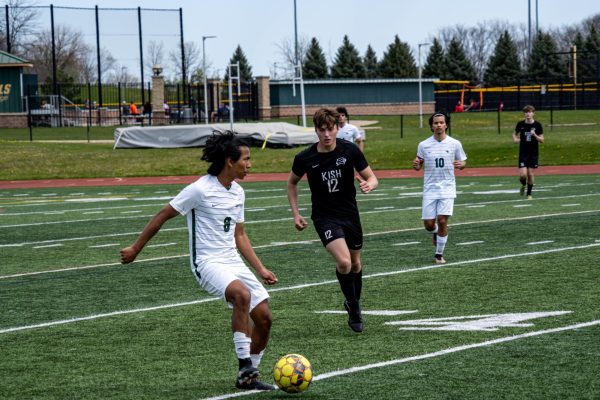OPINION: The truth about returning to school? There’s no easy answer
November 18, 2020
As winter bears down on most of America and Covid-19 again surges out of control, pundits and parents alike are wondering when our nation’s 50 million schoolchildren will return to classrooms. With the election over, now is the time for legislators and leaders in states and the federal government to turn their attention back to education. The debate is raging on social media, school email chains, and even around the dinner table.
On the one side you have folks arguing that the science does not indicate students are a major vector for the virus and that pandemic-induced school closures are causing deep and lasting harm to students, especially the most disadvantaged. There is truth here — evidence is clear that children are at less risk than adults, and there isn’t compelling evidence that careful school re-openings spike coronavirus rates.
On the other side you have folks arguing that the science on transmission in schools is murky and that schools are not safe enough to reopen without the potential risk of inflaming the pandemic and sickening or killing students and teachers. There is truth here, too — many of the existing studies of school re-openings are flawed in some way, and our schools don’t have the testing infrastructure or even the physical spaces needed to ensure the situation won’t spiral when we do reopen.
89 percent: the share of Black parents who feel children are at serious risk of health effects from Covid-19
There are no good answers or easy options. Instead, we are paralyzed because of four simple truths about the present situation. Recognizing these truths is essential if state and federal leaders want to develop and execute a careful plan that will get more kids back in classrooms safely.
First, we have had a total failure of federal and state leadership on education. From U.S. Education Secretary Betsy DeVos saying it’s not her job to track school reopening plans to states providing woefully inadequate guidance and support for districts to move online, we’ve done very little right. Of course, our leadership problems are exacerbated by our wildly decentralized, 13,000-district, every-leader-for-herself approach to school governance. As a result, high-stakes reopening decisions have been left up to local leaders with no public health expertise but strongly held political views.
“We have had a total failure of federal and state leadership on education.”
Second, there is an unequal desire among families to return to school that falls along racial and socioeconomic lines. Black parents are the most concerned about in-person classes. The recent nationally representative “Understanding America Study” to which I contributed found that 89 percent of Black parents feel children are at serious risk of health effects from Covid-19, relative to 70 percent of Asian, 69 percent of Hispanic and 44 percent of white parents. Most of the lowest-income parents — 73 percent — were equally concerned about health risks, compared to 42 percent of the highest-income parents. Black parents have written about the ways that online learning can in fact be a less biased, less harmful experience for their children than in-person school and the pandemic has hit Black and Latinx communities the hardest, so they have seen the dangers of the coronavirus first hand. While online learning (which has a terrible track record) will undoubtedly exacerbate opportunity gaps, it is the very groups that have been the most historically underserved who are the most leery of coming back to schools. In other words, even if schools reopened, it’s not at all clear how many — and which types of — families would send their kids back to classrooms.
Third, sending children and teachers back to school in person while the pandemic is still raging will result in a non-zero number of deaths and serious health effects. This is what we are all afraid of. But, of course, keeping kids at home will also result in some deaths, as would driving them to soccer practice or keeping them socially isolated for months. And the down-the-road health consequences of keeping kids home are unknowable. It is difficult or impossible to do the cost-benefit calculation on health, but we can all respond to stories of teachers dying. Even when the percentage risks are vanishingly small (certainly true for children), that’s no consolation if your child (or your parent, a teacher) is the unlucky victim.
Finally, we just cannot yet do online learning well. Traditional school districts were not prepared for online learning when the pandemic hit, and six months later it’s still a colossal task to deliver something approaching the in-person experience. Our own data find that parents who’ve sent their kids back in person report quality similar to pre-pandemic levels, but those with kids still at home report quality closer to their ratings of this past spring. With an aggressive, centralized effort from state governments — perhaps requiring specific online curricula, having clear requirements for synchronous instruction and attendance-taking — maybe we could get some minimum level of quality and equitable delivery across the country. But that’s impossibly far from where we are now.
“… parents who’ve sent their kids back in person report quality similar to pre-pandemic levels, but those with kids still at home report quality closer to their ratings of this past spring.”
There are no easy solutions to this educational crisis, but understanding these four truths could help us think about how best to proceed.
What we need first is far stronger and more supportive state and federal leadership. This starts with money — the new president and the likely still-divided new Congress must infuse schools with resources at the first available opportunity. Next, we need clear guidelines and requirements for reopening that are based on our evolving scientific understanding of this disease. This means things like requiring masks in schools, which would reduce transmission, and which our “Understanding America Study” has found are wildly popular among parents. It also means supporting better online curricula, higher quality broadband for families that need it and creative staffing plans that allow the most vulnerable teachers the safest possible return.
Even with excellent leadership and quality online curricula, there will still be parents — probably many at first — who want to keep their kids home. Whether it’s Black parents wary of racism and the disproportionate impact of Covid-19 on their communities or Republican parents who resist mask mandates, no reopening plan will work for all and we will likely be stuck in a hybrid plan well into the 2021-22 school year. That’s the hardest truth of all.
Morgan Polikoff is an associate professor of education at the Rossier School of Education at the University of Southern California. His research focuses on K-12 education policy, curriculum reform and assessment policy, among other topics.
This op-ed about deciding when students will return to classrooms was produced by The Hechinger Report, a nonprofit, independent news organization focused on inequality and innovation in education. Sign up for the Hechinger newsletter.

